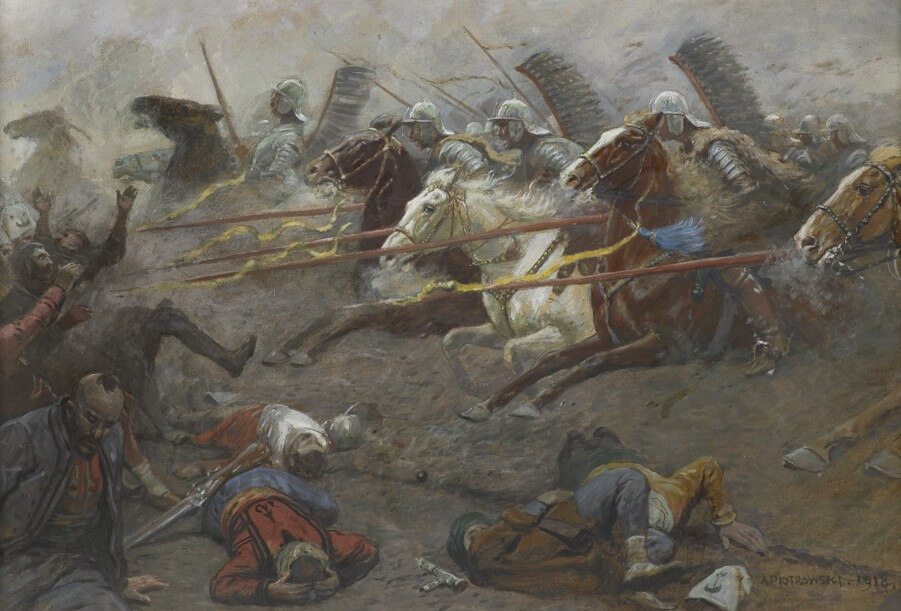When I picture the legendary Polish winged hussars, I often imagine them charging across the battlefield with wings spread, lances leveled, and sunlight flashing off polished armor. But here’s something most people don’t realize, including me until I dug deeper into my research: these elite warriors didn’t fight year-round. Their campaigns followed the seasons, as naturally as farmers follow planting and harvest.
Spring: Time to Muster
Spring was the season of preparation. Once the snow melted and the roads began to firm up, the Commonwealth’s hetmans issued the call to arms. Hussars—many of them noblemen with their own squadrons—spent these weeks readying for war. Horses were trained and shod, lances repaired, armor polished, and supply wagons loaded.
Campaigns rarely kicked off before late April or May. The early thaw turned roads into swamps, and no one wanted to risk a broken wheel—or a horse’s leg—before even reaching the battlefield. So while the land dried, the hussars gathered at mustering points, waiting for the right moment to ride.
Summer: The Season of Battle
Summer was when the real action began. Roads were passable, rivers could be forded, and grass was plentiful for the horses that powered the hussars’ might. Most of the Commonwealth’s great victories—from Smolensk to Chocim—took place under the summer sun.
But even during these months of glory, time was never on their side. The heat could exhaust horses and men alike, and diseases often followed the long supply lines that snaked behind them. Still, if the winged hussars were going to make history, this was their window. When the horns sounded and the banners unfurled, the thunder of hooves rolled across the plains.
Autumn: Heading Home
By autumn, the hussars turned their sights toward home. Grass grew sparse, and the first frosts made foraging harder. Horses needed steady fodder, and commanders were reluctant to strip fields that would feed their own people through the winter.
The march home was rarely easy—mud, sleet, and cold set in early across Central and Eastern Europe—but victory made the hardships easier to bear. They returned with captured banners, new scars, and stories that would be told for generations.
Winter: A Warrior’s Pause
Winter wasn’t a time for fighting—it was a time for regrouping. Snow and ice made travel nearly impossible, so the armies disbanded until spring. But the hussars didn’t sit idle. They repaired equipment, bred horses, trained new recruits, and prepared for the next campaign. Hetmans and nobles planned strategy, negotiated alliances, and petitioned the Sejm for funds.
For most hussars—who were also landowners—winter meant returning to their estates, their families, and the quieter duties of everyday life. The same men who led charges in summer might spend these months managing farms or tending accounts by the fire.
In short, the Winged Hussars mostly lived and fought in rhythm with the natural world. Spring brought the call to arms, summer the clash of steel, autumn the long ride home, and winter the waiting.
Jacek Dąbrowski, the hero of the Winged Warrior Series, would’ve known these rhythms all too well—feeling the restlessness of winter’s quiet, the anticipation of spring’s muster, and the thrill of summer’s charge. For warriors like him, the seasons weren’t just weather—they were the heartbeat of war.









Leave A Comment